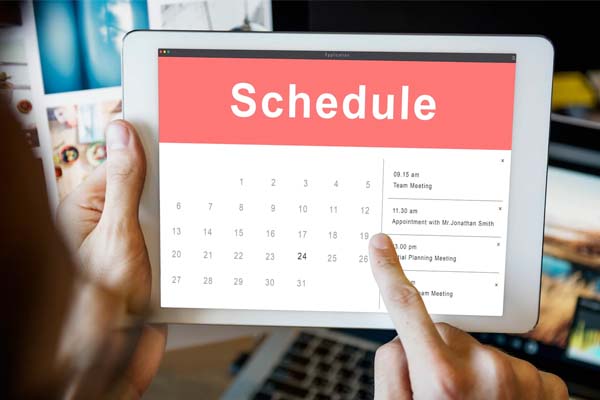

That could be very powerful for the right advertiser, and especially those who want to do Account Based Marketing. When users are inside LinkedIn, they’re in “professional” mode and will view ads and read content with a different mindset. LinkedIn offers a pre-filled contact form similar to Facebook’s lead ads, but really the most exciting thing about LinkedIn is the ability to pinpoint-target people by their business information and to reach them directly. You can target people who have visited your website target by contact or account or by title, industry, demographics, or geography. There are over 700 million LinkedIn users, 63 million of whom are defined as decision makers, and 10 million who are C-level executives. Not sure whether it’s worth investing in display ads? Here’s a flowchart to help you decide.įor those of you in the B2B market, LinkedIn Ads is probably your essential paid traffic source. Display ads tend to get lower clicks and engagement than native ads, too.Īt the same time, Google claims that their ad network reaches 90% of people on the internet, and it’s hard to argue with that. Display ads certainly have their problems, including the proliferation of ad blockers.

Of course, Google also offers display ads on their Google Display Network. This is a great way to capture potential keywords and queries outside of your regular search campaigns. With Dynamic Search Ads, Google enables you to expand your potential audiences via search, automatically generating ads based on your website pages and content that match search queries. Getting that top spot on the first SERP, even before the organic results, is one of the keys to gaining visibility, clicks, and conversions. That’s what makes advertising on Google search so important. There’s a very high chance you searched Google first. Think about the last time you wanted to buy a product, book a vacation, or sign up for a service. You don’t need to take Google’s word for it. According to Google, nearly 60% of consumers research products via search before deciding to buy. There are currently around 9 billion Google searches every day. Here are some video creation tools to help you.
#PAY FOR SITE VISITS PLUS#
Plus it’s relatively affordable, costing an average $2000 to reach 100,000 viewers.Īll you need is to start creating exciting and engaging video ads. In short, YouTube combines the popular video format with a huge global audience and a range of advanced targeting options. There is also affinity targeting, which focuses on users who are interested in topics similar to your niche, and even life events targeting, homing in on users during various major life milestones. These include the usual demographics, but also topic-based targeting, and similar audience targeting (AKA Lookalike audiences). What’s more, YouTube targeting offers a very granular approach, with several ways to target audiences. In 2021, visitors to YouTube spent an average of 29 minutes on the site, meaning they are interested and engaged, and ready to be excited by your ad. According to Ahrefs, YouTube is the most visited website in the world, with over 8 billion monthly searches. Video is by far one of the more popular marketing tools available. You know that feeling when you go to YouTube and the perfect video shows up in your feed? Great, isn’t it? When you’re testing paid traffic sources, here are five you might want to consider first: The secret sauce for a successful PPC strategy always depends on your specific audience, brand, and goals. Affiliate marketing, when a third party promoter drives clicks to your site.Influencer marketing, when influencers promote your product or brand for their audience.Native discovery, or sponsored content, promoted by networks such as Outbrain.Social media ads, such as Twitter, Facebook, LinkedIn, TikTok, YouTube, etc.Paid search like Google Ads or Bing Ads.Here are the main sources of paid traffic: Paid traffic is all the visitors that arrive at a website via a paid click on an ad or link. That’s why marketers must be smarter about which paid traffic sources they are using and when, and how much to invest in each. Facebook, Google, YouTube…CPMs have become more expensive on all platforms.

45% of small businesses are using it already, and this year in the US, nearly $233 billion is forecast to be spent on digital ads.Īs websites compete more fiercely for traffic, costs are rising.


 0 kommentar(er)
0 kommentar(er)
